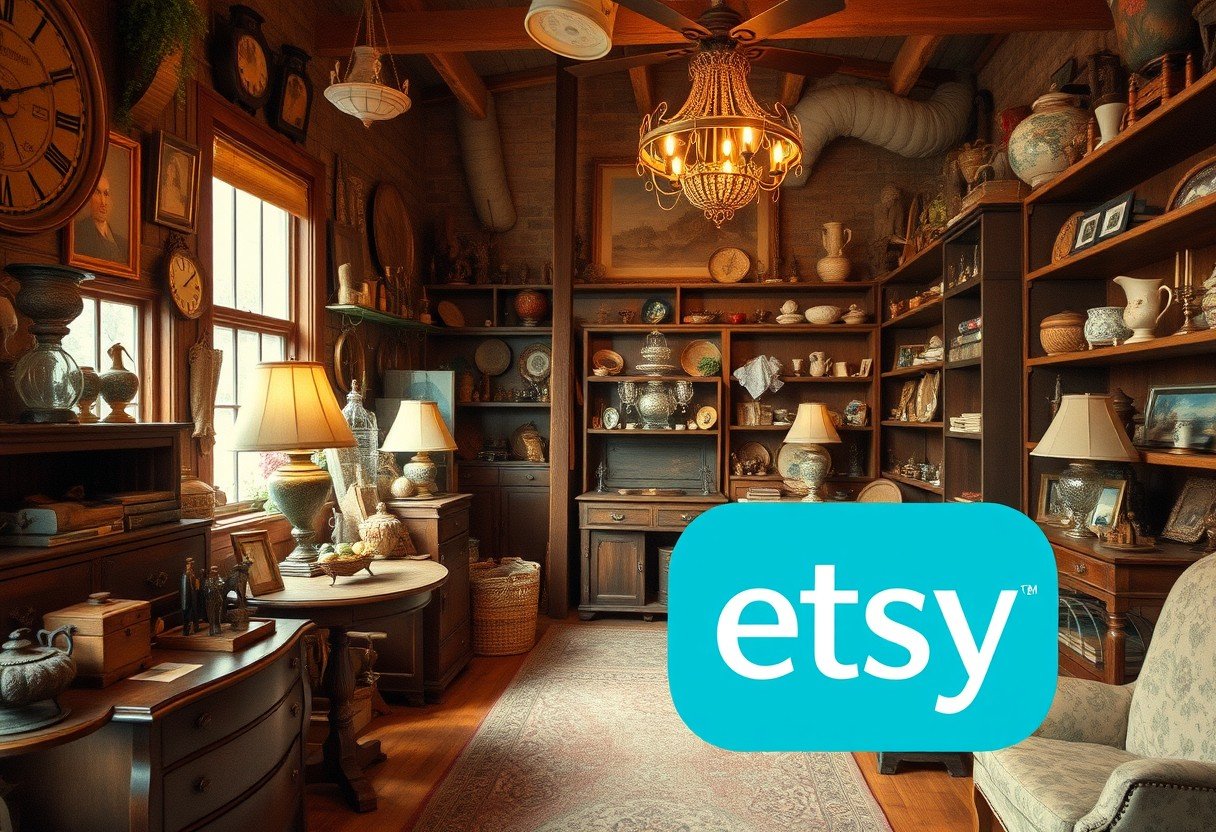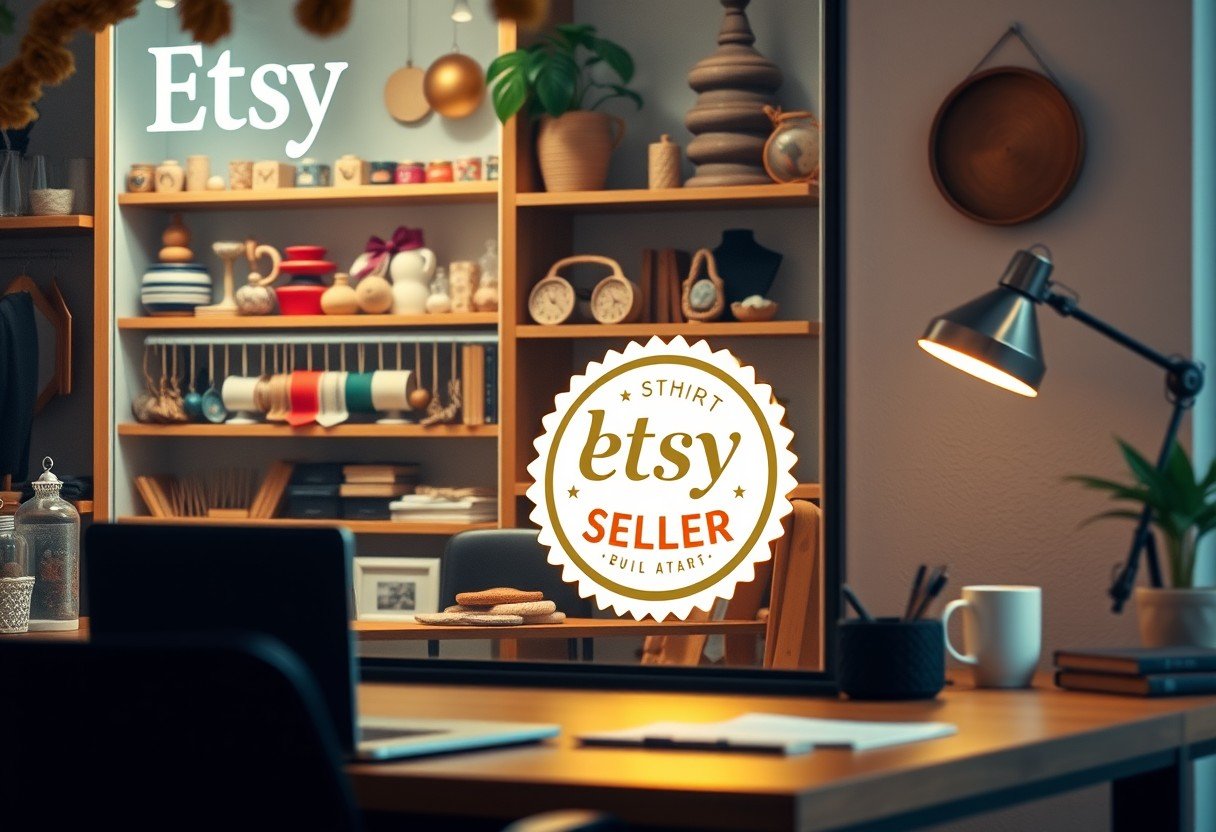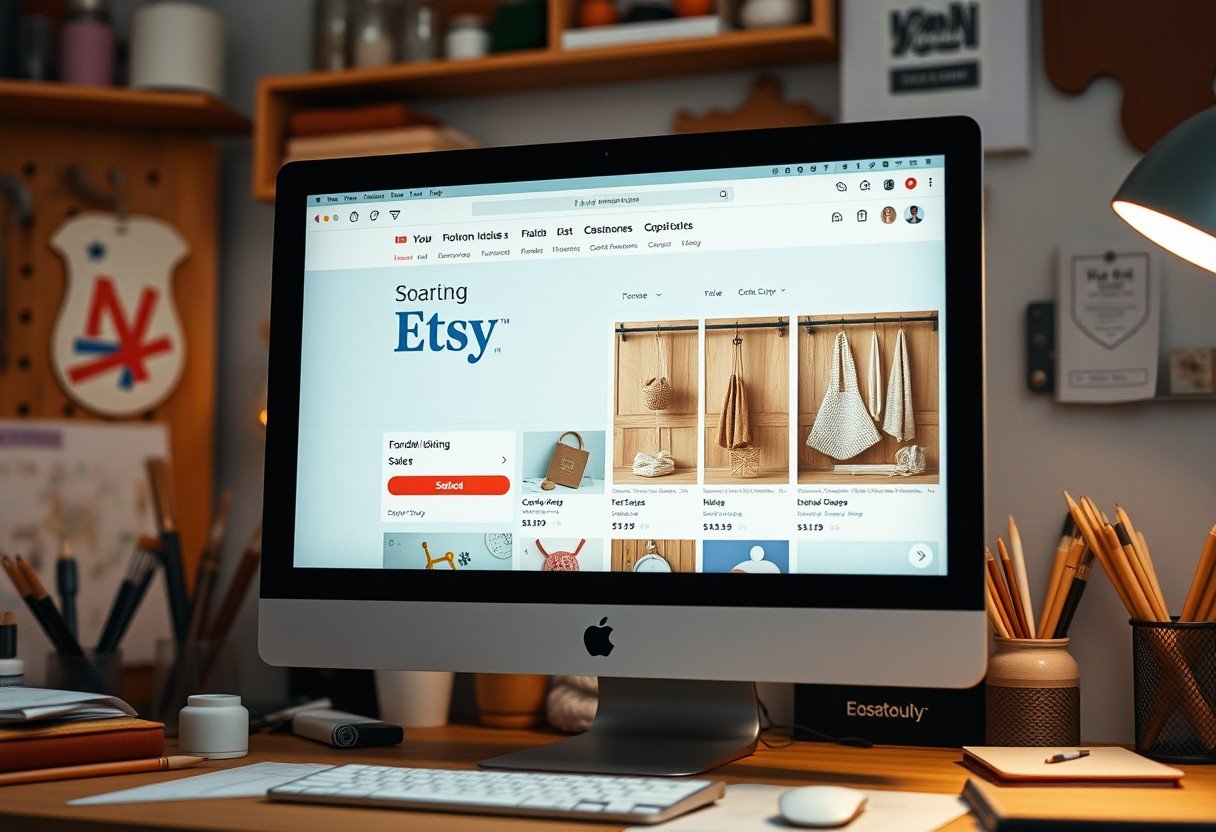For authors, Audible has become a powerful platform to generate income by turning written work into audiobooks. You can earn money primarily through royalties, which are a percentage of each sale. How much you make depends on your choices regarding distribution, production quality, and marketing. By understanding these key areas, you can create a successful strategy to maximize your earnings and reach a global audience of listeners.
Understanding Audible Royalties and Payments
The core of an author’s income on Audible comes from royalties. This is a percentage you earn every time someone buys your audiobook. It’s not a fixed amount but is based on the distribution model you select for your work.
The royalty rate typically falls between 25% and 40%. This range is significant, and the specific percentage you receive is directly tied to whether you decide to sell your audiobook exclusively on Audible’s platform or on multiple platforms.
Understanding this payment structure is the first step toward building a profitable audiobook strategy. A higher royalty rate on each sale can add up quickly, but it often comes with certain conditions you must agree to.
Exclusive vs. Non-Exclusive: Choosing Your Path
One of the most important decisions you will make is choosing between exclusive and non-exclusive distribution. This choice affects both your potential royalty rate and where your audiobook can be sold. There is no single right answer, as the best option depends on your career goals and marketing plan.
Exclusive distribution means you commit to selling your audiobook only through Audible, Amazon, and iTunes. In return for this loyalty, Audible offers a higher royalty rate. Non-exclusive distribution gives you the freedom to sell your audiobook on any platform you choose, but you’ll receive a lower royalty rate from Audible sales.
Consider the trade-offs carefully. A wider reach might lead to more overall sales across many stores, while exclusivity can provide higher earnings per sale from the world’s largest audiobook retailer.
| Feature | Exclusive Distribution | Non-Exclusive Distribution |
|---|---|---|
| Royalty Rate | Up to 40% | Typically 25% |
| Availability | Audible, Amazon, iTunes only | Available on all platforms |
| Best For | Authors focused on maximizing earnings per sale on Audible | Authors wanting to build a wide audience across many channels |
The Importance of High-Quality Audiobook Production
The quality of your audiobook directly impacts sales and listener reviews. A poorly produced audiobook with background noise, unclear narration, or inconsistent volume can lead to negative feedback and returns, hurting your earnings and reputation.
You have two main options for production: doing it yourself (DIY) or hiring a professional. DIY can save you money upfront, but it requires technical skill and the right equipment to create a polished product. Many authors find that the learning curve is steep.
Investing in professional narration and sound engineering is an investment in your author brand. A professional narrator can bring your characters to life and create an immersive experience for the listener. This high production value often leads to better reviews, more word-of-mouth recommendations, and ultimately, higher sales over the long term.
Smart Pricing Strategies for Your Audiobook
How you price your audiobook can make a big difference in its success. While Audible has its own pricing guidelines often based on the length of the book, you still have influence. Setting a competitive price can attract more listeners, especially when you are a new author.
Don’t be afraid to experiment. Many authors see success by launching at a lower introductory price to generate initial sales and reviews. This momentum can boost your audiobook’s ranking in Audible’s search results, making it more visible to new listeners.
Here are a few pricing tactics to consider:
- Tiered Pricing: Price longer, more premium content higher than shorter works.
- Promotional Discounts: Run limited-time offers to create a sense of urgency.
- Bundling: Offer a discount if a listener buys the ebook and audiobook together through Amazon’s programs.
Regularly reviewing your pricing strategy helps you adapt to market changes and capitalize on peak sales periods. What works today might need adjustment in six months.
Effective Marketing to Boost Your Audible Sales
Simply publishing your audiobook is not enough. To truly succeed, you need a solid marketing plan to drive visibility and sales. Building a strong author brand is the foundation of this plan, helping you stand out in a crowded market.
Your brand is your unique voice and image. It should be consistent across your website, social media profiles, and book covers. This helps listeners recognize your work and build a sense of trust and loyalty.
Utilizing social media and building an email list are two of the most powerful marketing tools at your disposal. Use platforms like Instagram, Facebook, or TikTok to share behind-the-scenes content, announce new releases, and engage directly with your audience. An email list allows you to communicate directly with your most dedicated fans, offering them exclusive content and special promotions to drive sales.
Leveraging Audible’s Tools like ACX and Promotions
Audible provides authors with tools designed to help them produce and promote their audiobooks. The most important of these is the Audiobook Creation Exchange (ACX), which is the platform you’ll use to get your book onto Audible.
ACX is a marketplace that connects authors with professional narrators and audio engineers. You can hire a narrator for a flat fee or enter a royalty-share agreement, which splits your earnings with the narrator. This makes professional production accessible even if you have a limited upfront budget.
Beyond production, you can also take advantage of Audible’s promotional opportunities. This includes creating discount codes that you can give to reviewers or run in your own marketing campaigns. Participating in these programs can significantly increase your audiobook’s reach and boost its sales ranking.
Building a Community to Drive Long-Term Success
Your listeners are your greatest asset. Engaging with them and building a community around your work is essential for sustainable success. When listeners feel connected to you, they are more likely to buy your next audiobook and recommend your work to others.
Encourage listeners to leave reviews on your Audible page. Positive reviews act as social proof, convincing potential new customers that your audiobook is worth their time and money. Don’t be afraid to ask for them in your newsletter or at the end of your audiobook.
Actively listening to feedback also helps you grow as an author. By understanding what your audience loves, you can make informed decisions for future projects. This creates a loyal fan base that is eager for your next release and ready to support you on your author journey.
Frequently Asked Questions about Making Money on Audible
How much do authors make per sale on Audible?
Authors earn a royalty of 25% to 40% of the sale price. The exact percentage depends on whether they choose an exclusive or non-exclusive distribution agreement with the platform.
What is the difference between exclusive and non-exclusive distribution?
Exclusive distribution means your audiobook is only sold on Audible, Amazon, and iTunes in exchange for a higher royalty rate (up to 40%). Non-exclusive allows you to sell on any platform but offers a lower Audible royalty rate of 25%.
Can I narrate my own audiobook to save money?
Yes, you can narrate your own audiobook, which is known as DIY production. However, professional audio quality is critical for sales, so it is often better to hire an experienced narrator unless you have the right equipment and skills.
How does audiobook pricing work on Audible?
While Audible often sets the final customer price based on the audiobook’s length, authors can influence their earnings through promotional pricing and discounts. A strategic price can attract more buyers and boost overall revenue.
What is the best way to market an audiobook?
Effective marketing involves building an author brand, using social media to engage with listeners, and maintaining an email list for direct communication. Promoting your audiobook consistently is key to driving sales.
What is ACX?
ACX, or Audiobook Creation Exchange, is Amazon’s platform for authors to produce and distribute their audiobooks on Audible. It connects authors with narrators and provides tools to manage the entire production process.









Leave a Comment